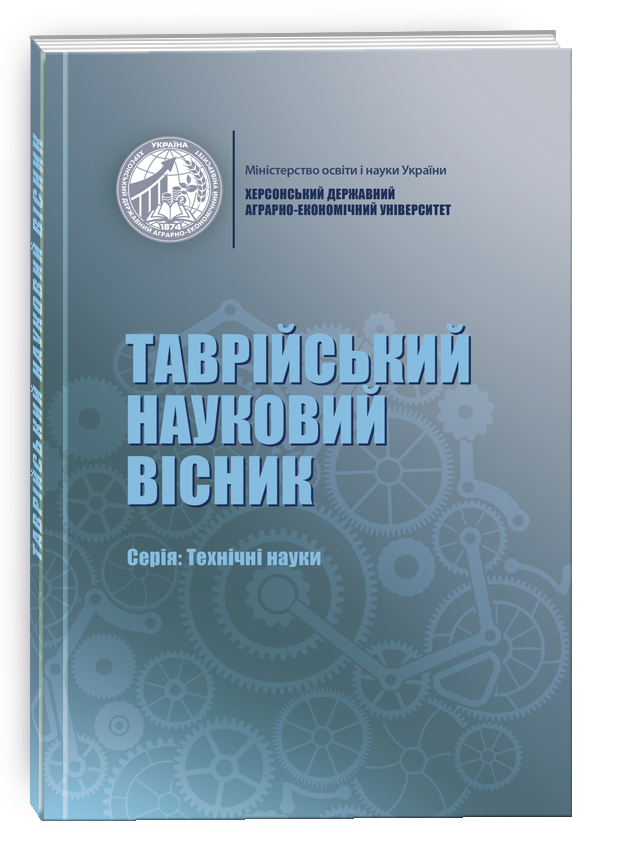PROPERTIES AND QUALITY INDICATORS OF SAUSAGE PRODUCTS
DOI:
https://doi.org/10.32782/tnv-tech.2023.6.15Keywords:
sausage products, organoleptic indicators, physico-chemical indicators, quality and safetyAbstract
The article, based on the study of literary sources, defines the quality indicators of sausage products, which are regulated by DSTU 4436:2005 "Boiled sausages, sausages, sausages, meat loaves. General technical conditions", because in recent decades, under the pressure of consumers, food safety programs in developed countries have been reoriented to the comprehensive control of food risks at all stages of food production – from raw materials to the finished product, or, as they say – "from the farm to the fork" . At the current stage of the development of the food industry, the problem of producing highquality and safe food products for people’s lives and health arises. This is the most important task of manufacturers of all countries that care about a healthy nation and the proper standard of living of citizens, therefore, when studying physicochemical indicators in accordance with DSTU 4161-2003 Food safety management systems, the following are determined: mass fraction of moisture; mass of particles of table salt; mass fraction of sodium nitrite; the temperature in the thickness of the loaf; bacteria of the Escherichia coli group; salmonella, in 25 g of the product; sulfite-reducing clostiridia, in 0.01 g of the product and safety indicators. The process of making sausage products includes the following basic operations: rolling, veining, salting, grinding meat, preparing minced meat, forming sausages, tying sausages with twine, settling, frying, cooking, cooling. In the production process, inadmissible defects may appear that are not subject to sale in the trade network: mold or slime on the shell, as well as their penetration under the shell; deformed sausages; cracked or broken loaves; loose minced meat; overflows of minced meat above the shell; sticks with a length that exceeds the established norms; melted lard; the presence of yellow lard in the minced meat exceeding the established norms for sausages of the II grade; air cavities (lights); products with a temperature in the thickness of the loaf below 0°C; products that do not meet the standards in terms of physical and chemical indicators (mass fraction of moisture, salt, nitrite and starch); unmarked products.
References
Боженко Л. І., Гутта О. Й. Управління якістю, основи стандартизації та сертифікації продукції : навч. посіб. Львів : ПТВФ «Афіша», 2001. 176 с.
ДСТУ EN 12824:2004 мікробіологія харчових продуктів і кормів для тварин. Горизонтальний виявлення Salmonella. [Чинний від 2013-09-01]. Київ, 2013. 30 с. (Інформація та документація).
ДСТУ ISO 11290-1:2003 Мікробіологія харчових продуктів та кормів для тварин. Горизонтальний метод виявлення та підрахування Listeria monocytogenes. Частина 1. Метод виявлення. [Чинний від 2003-07-01]. Київ, 2003. 26 с. (Інформація та документація).
ДСТУ 4161-2003 Системи управління безпечністю харчових продуктів [Чинний від 2003-07-01]. Київ, 2003. 26 с. (Інформація та документація).
ДСТУ 4436:2005 «Ковбаси варені, сосиски, сардельки, хлібці м’ясні. Загальні технічні умови» [Чинний від 2005-07-15]. Київ, 2005. 36 с. (Інформація та документація).
МБВ № 5061–89 Медико-біологічні вимоги і санітарні норми якості продовольчої сировини та харчових продуктів. Затверджені МОЗ СРСР від 01.08.89 р., № 5061.
Пабат В. О. Технологія продуктів забою тварин. Київ : Оріон, 2000 р. с. 237.
Пешук Л. В. Основи тваринництва і ветеринарно-санітарна експертиза м’яса та м’ясних продуктів : підручник. Центр учбової літератури, 2011. 400 с.
Якубчак О. М. Ветеринарно-санітарна експертиза з основами технологій і стандартизації продуктів тваринництва: навч. посіб. Київ : ТОВ «Біопром», 2005. 800 с.







